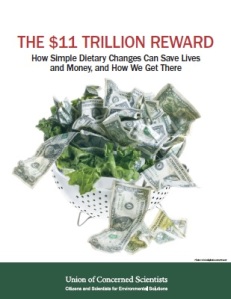The proportion of adults in the United States who smoke declined from 20.9 percent in 2005 to 18.1 percent in 2012, according to data from the 2012 National Health Interview Survey.
 The smoking rate in 2012 was significantly higher among males (20.5 percent) than females (15.8 percent) and among persons aged 18–24 years (17.3 percent), 25–44 years (21.6 percent), and 45–64 years (19.5 percent) than among those aged 65 years or older (8.9 percent).
The smoking rate in 2012 was significantly higher among males (20.5 percent) than females (15.8 percent) and among persons aged 18–24 years (17.3 percent), 25–44 years (21.6 percent), and 45–64 years (19.5 percent) than among those aged 65 years or older (8.9 percent).
The decline in smoking is encouraging and likely reflects the success of tobacco control efforts across the country, according to researchers. For example: the 2009 Family Smoking Prevention and Tobacco Control Act granted the Food and Drug Administration the authority to regulate the manufacture, distribution, and marketing of tobacco products; the 2009 Children’s Health Insurance Program Reauthorization Act raised the federal tax rate for cigarettes from $0.39 to $1.01 per pack; and the 2010 Patient Protection and Affordable Care Act provided expanded coverage for evidence-based smoking-cessation treatments. Also, in 2012 the Center for Disease Control and Prevention (CDC) debuted Tips from Former Smokers (TIPS), the first federally funded, nationwide, paid-media tobacco education campaign in the United States. During the campaign, calls to the quitline portal 1-800-QUIT-NOW increased 132 percent, and the number of unique visitors to a smoking cessation website (www.smokefree.gov) increased 428 percent. An estimated 1.6 million quit attempts were attributable to the campaign.
Additionally, smoking prevalence was:
- highest among adults of multiple races (26.1 percent) and lowest among Asians (10.7 percent);
- highest among persons with a graduate education development certificate (41.9 percent) and lowest among those with a graduate (5.9 percent) or undergraduate (9.1 percent) degree;
- higher among persons living below the poverty level (27.9 percent) than those living at or above this level (17 percent); and
- higher among people living in the South (19.7 percent) and Midwest (20.6 percent) than those in the West (14.2 percent) and Northeast (16.5 percent).
Citation:
1. Agaku IT, King BA, Dube SR. Current Cigarette Smoking Among Adults—United States, 2005–2012. Morbidity and Mortality Weekly Report 2014; 63(02): 29-34. (open access)








